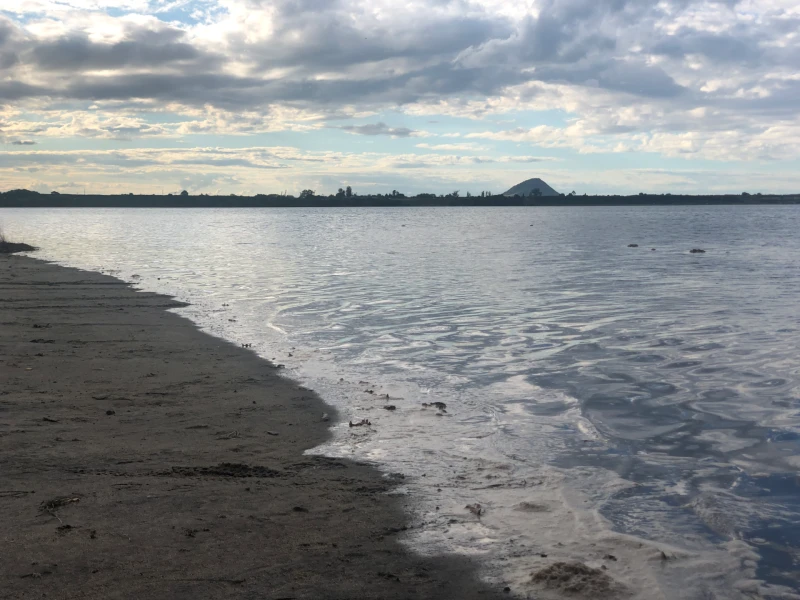" He paruparu ngā kai, he taniwha ngā tāngata."
A Whakataukī / Whakatauākī reo
He paruparu ngā kai, he taniwha ngā tāngata."
In the semi-darkness of the early morning raid, the enemy looked back and noticed they weren’t being followed. Ngāti Pūkenga were casually feasting on the tītiko which were plentiful on the beach. From this, they appeared to be taniwha eating the sand and soil of the estuary.

Another perspective:
According to the esteemed leader, Hone Ōhia, this whakataukī is not about Ngāti Pūkenga. According to him, Te Waharoa said this at Te Tokitoki. At that time there were two pā of Ngā Pōtiki. One faction of Ngā Pōtiki was at Te Tokitoki, and the other was at Ōhotutaihi. The faction at Te Tokitoki was Ngāti Hē. The faction that lived at Ōhotutaihi as Ngāti Mateika. So this whakataukī is actually about Ngāti Hē.
At the time, Ngāti Pūkenga had scattered after the battle of Te Tioroa. It wasn’t until later that Ngāti Pūkenga returned to Tauranga, and the person who returned was Pāroto. The first person he approached to request land from was Taharangi. Taharangi may have remembered what Ngāti Pūkenga had done in the conflicts with Ngāi Te Rangi, and that was why his response to Pāroto’s request was,
Ka haere kē mai koe ki au
He whenua tonu tōu kei Te Waerenga
Pāroto didn’t want lands in Rotorua, so he approached Taipari, and he gave him the land known these days as Ngāpeke. Those lands begin at the Waitao river, goes straight to the edge of the Waitaha block, all the way to the Ōtāwhao swamp, following the swamp all around the estuary known as Rangataua.

